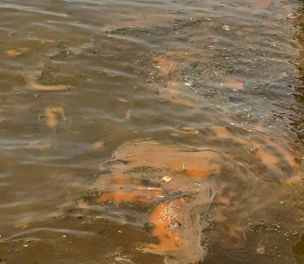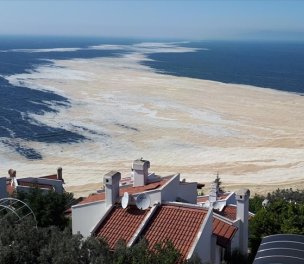* Photo: Pollution filmed from the air / Anadolu Agency (AA)
Click to read the article in Turkish
Mucilage-like pollution has reemerged off some coasts of İstanbul, which faced this problem in the Marmara sea in summer 2021.
It is seen that the Fenerbahçe Coast in Kadıköy district has been witnessing signs of pollution similar to mucilage.
The incident has been filmed from the air as well. Last summer, mucilage, or sea snot, problem was seen in several parts of the Marmara sea.
While the Ministry of Environment, Urbanization and Climate Change launched a "mucilage cleaning mobilization" to tackle the problem, mucilage ceased to be visible on the surface after some time but it was indicated that it continued to be present under the sea, affecting sea life.
CLICK - Bottom of Sea of Marmara also covered with sea snot
The faculty members of the İstanbul University Faculty of Water Sciences have detected that the conditions have emerged in the Marmara sea that will allow the mucilage to reemerge when the temperatures rise; experts have made warnings about the issue.
What is mucilage, and why does it emerge?The mucilage, defined by fishermen as "nez", foam or snot, is the intense proliferation and color spiral of Gonyaulax fragilis, a type of phytoplankton from one-celled plant creatures. Although mucilage, which shows itself more in calmer seas, is natural, it can damage the ecosystem when it grows excessively. The Turkish Marine Research Foundation (TÜDAV) states that this yellow, white, colored mud-like substance has been seen and spread frequently above and below the water in the Black Sea, Marmara, and Aegean Seas in the last two years. The Marmara Environmental Monitoring Project (MAREM), which has been drawing attention to the mucilage problem in the Sea of Marmara since 2007, points out that such anomalies are an indicator of the level of pollution in the sea. Project manager Levent Artüz emphasizes that mucilage, which has a very sticky and contagious structure, can bring the end of life in the sea. Stating that the vast majority of fish eggs are found on the surface of the sea and the eggs on the surface lose their chance of survival by being trapped in the mucilage, Artüz says the same is true for the larvae. According to the information Artüz conveyed in 1+1 Forum, the mucilage collapses over time on creatures that cannot move such as mussels, oysters, and tunicates and covers the sea meadows and cuts off their contact with light. On the other hand, experts explain the causes of mucilage as the loss of oxygen in the sea due to filling the coasts and wastes and the rise in temperatures in the Mediterranean Basin due to global climate change. The Sea of MarmaraLooking at the sea surface temperature data, the temperature of the Sea of Marmara this year is 2.5 degrees above the average of 40 years, in other words, there is an anomaly of 2.5 degrees. Around 25 million people live around the Sea of Marmara. Nearly half of Turkey's industry is located around it as well. In other words, all domestic, industrial, and agricultural wastes go directly or indirectly to the Sea of Marmara. Scientists say that the most important thing to do against mucilage is not to dump untreated waste into Marmara. Another suggestion is to start work as soon as possible to develop a new waste management policy that also takes into account climate change. |
(EMK/SD)




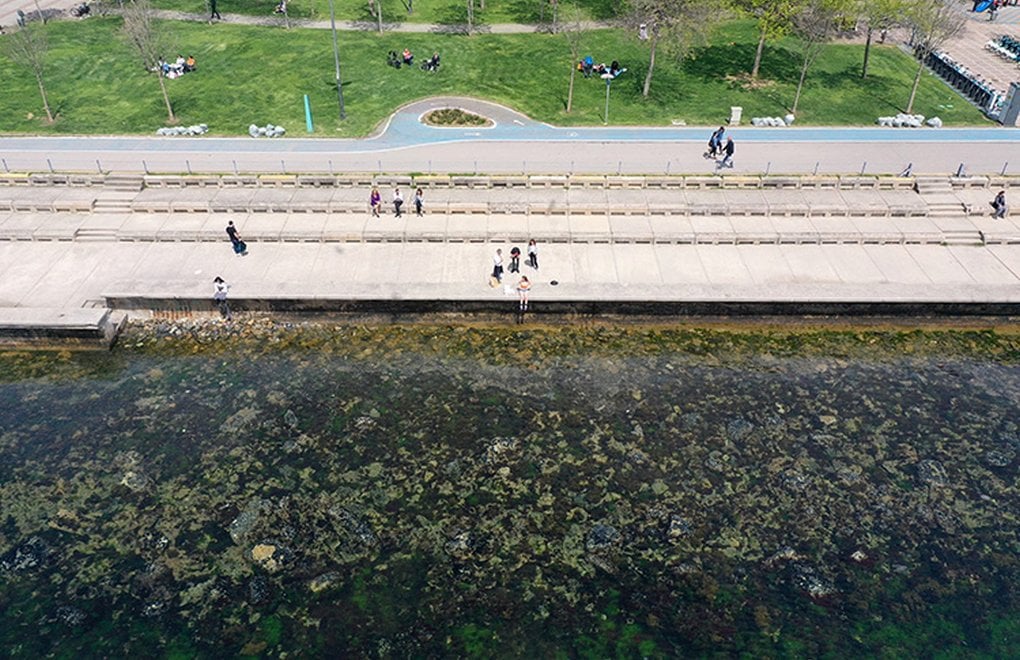
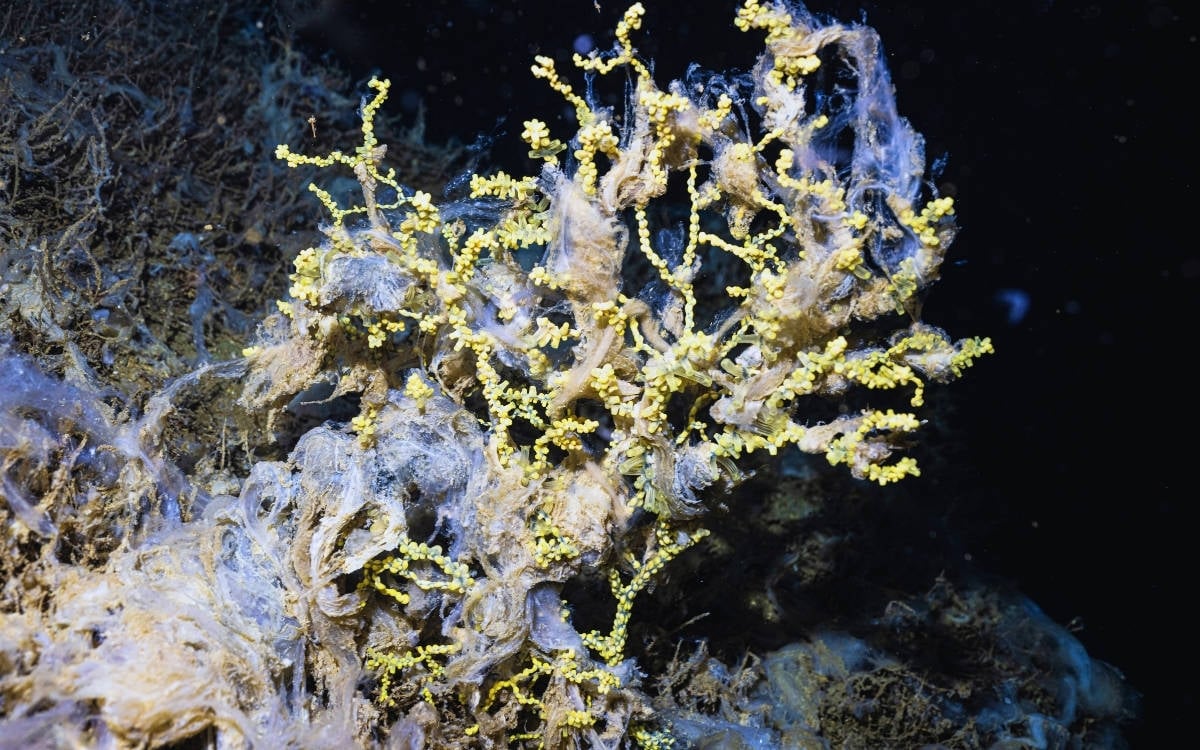
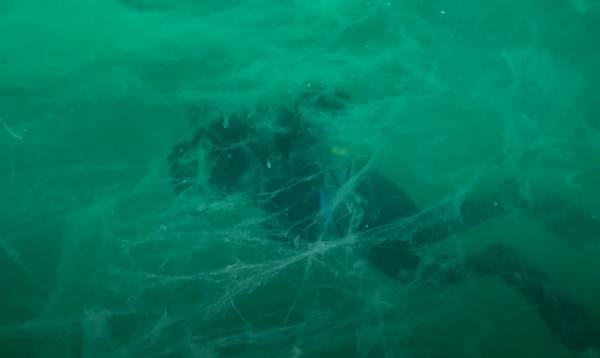
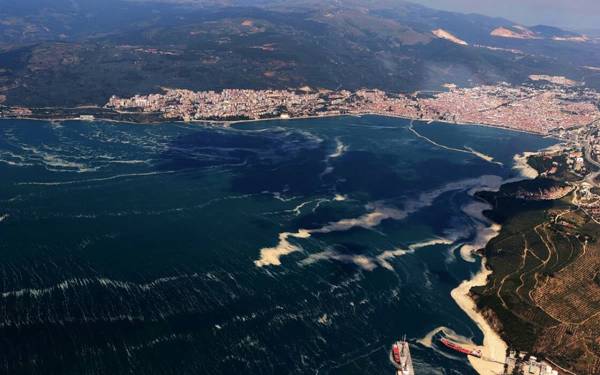
as.jpg)
